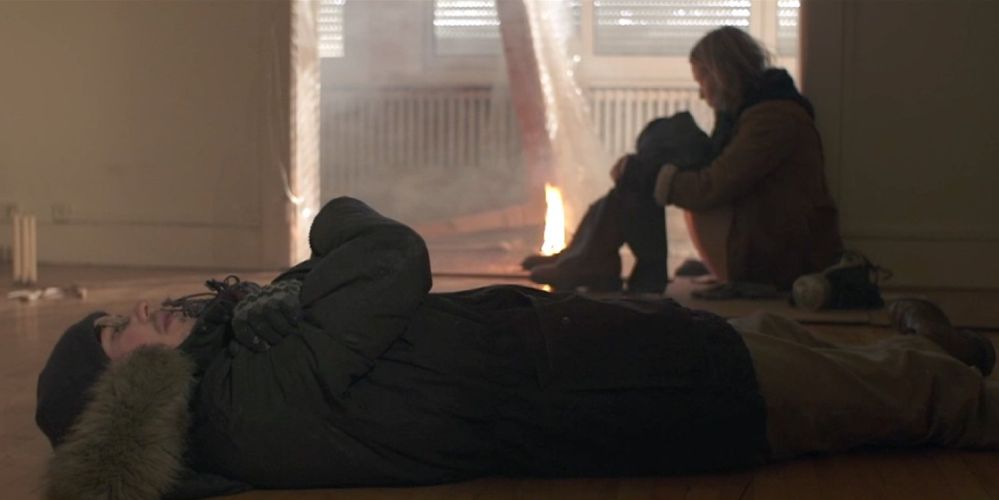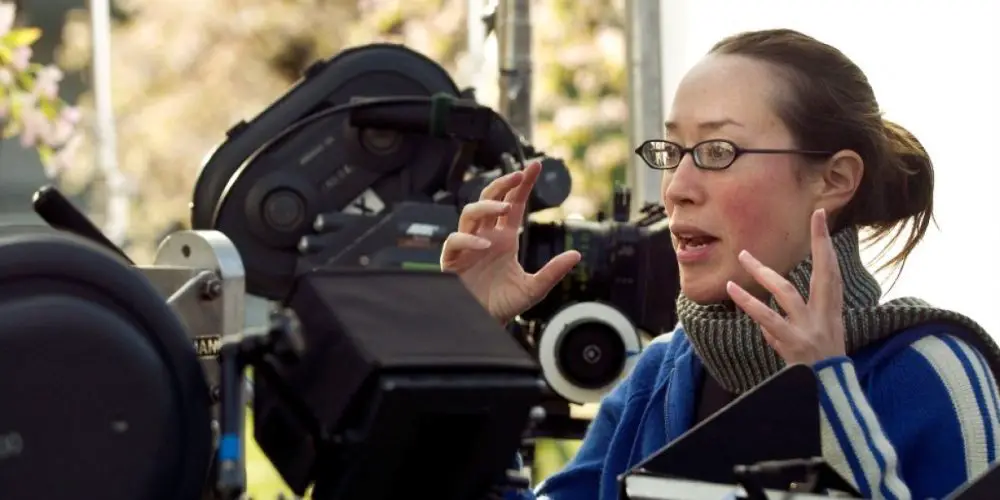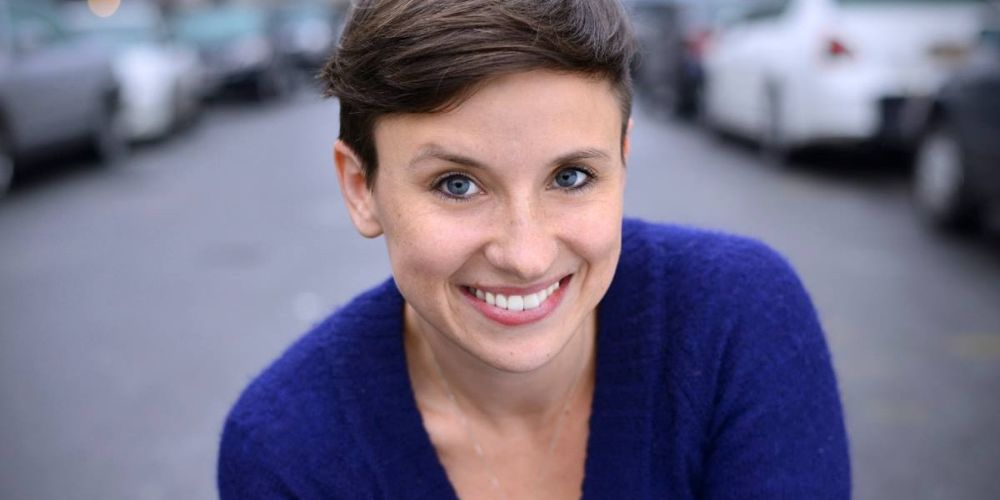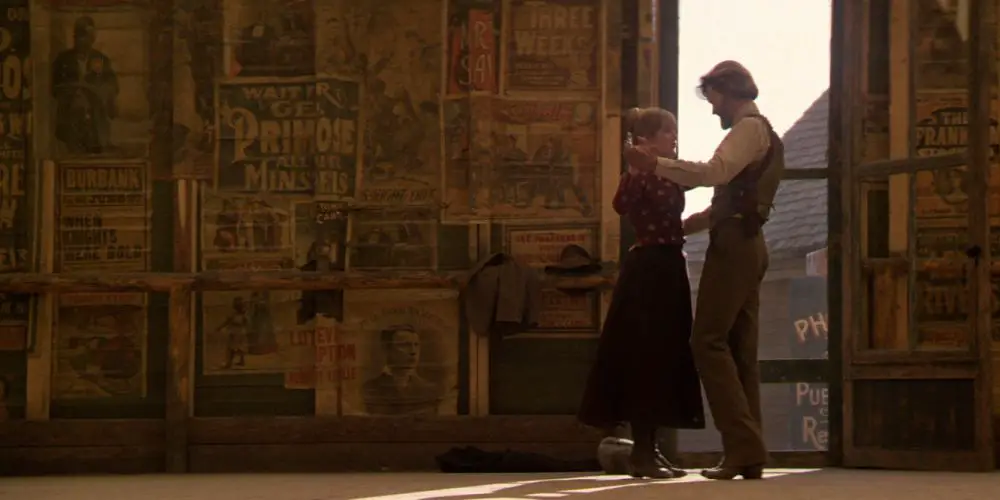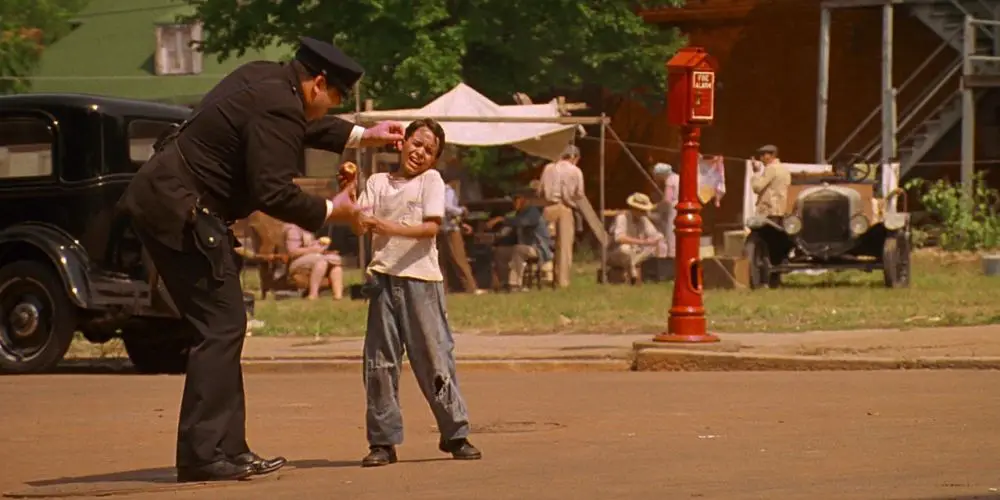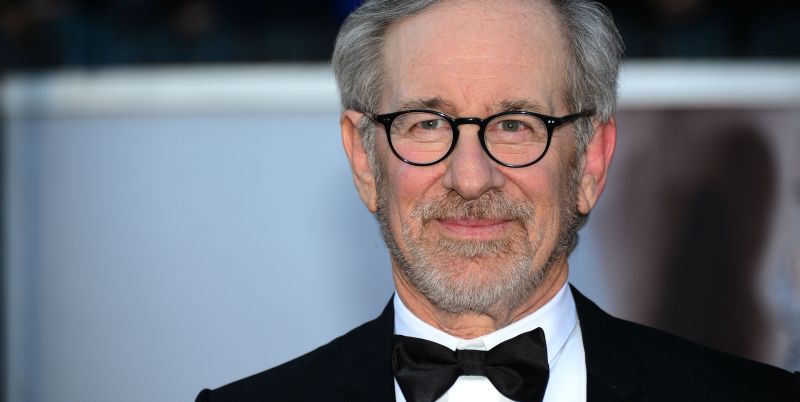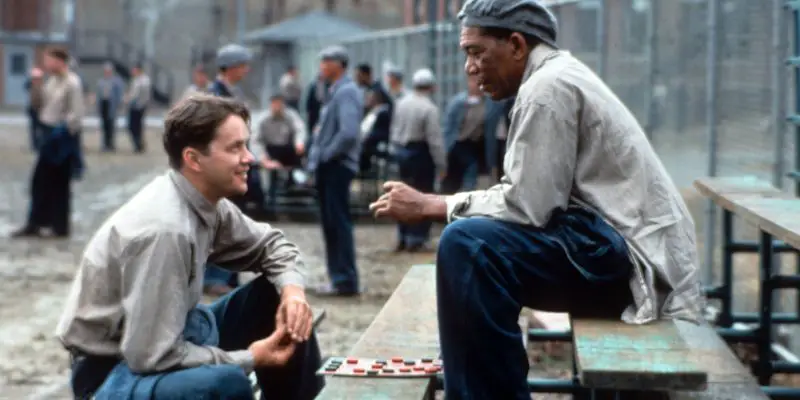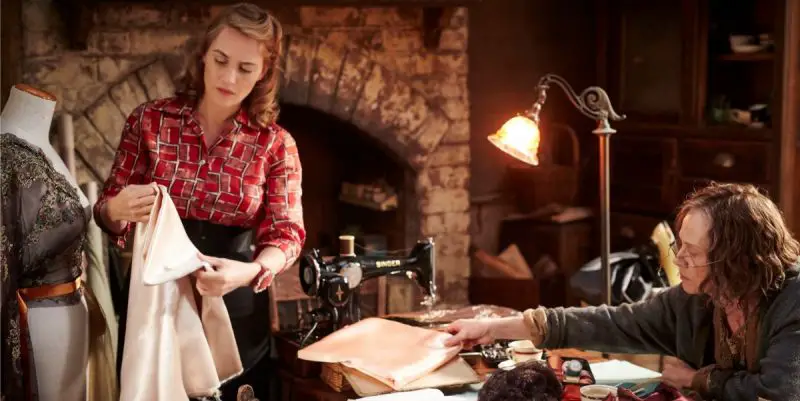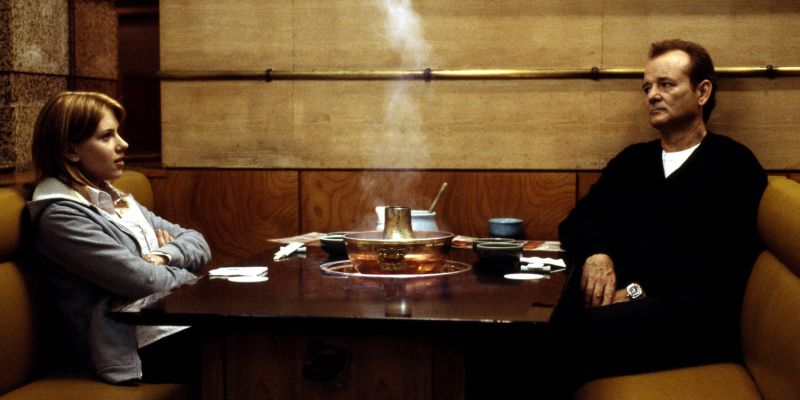filmmaking
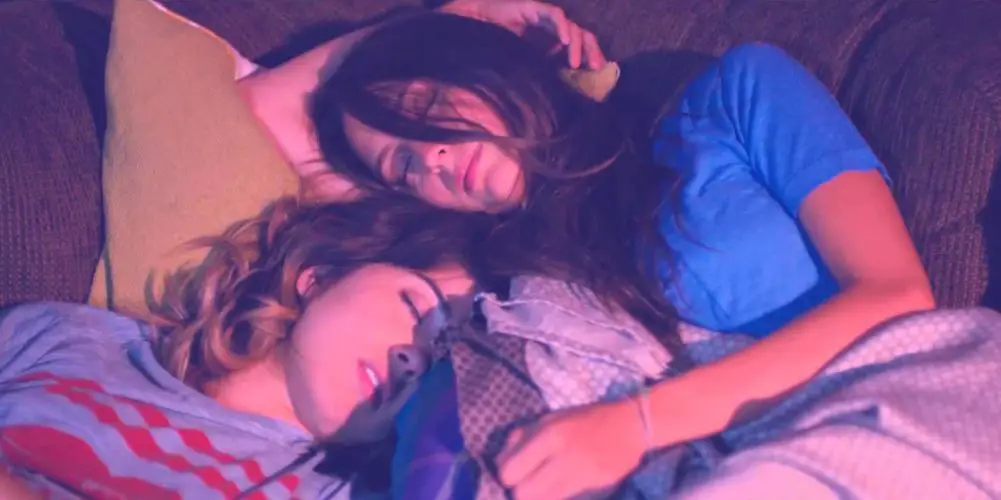
Up-and-coming filmmaker John Carchietta has co-directed and produced several thrillers like Late Fee and The Hills Run Red. He is one of those true horror fans who really knows his stuff. But recently Carchietta proved that he can tackle multiple genres with the debut of his first solo project, a queer romantic thriller called Teenage Cocktail.
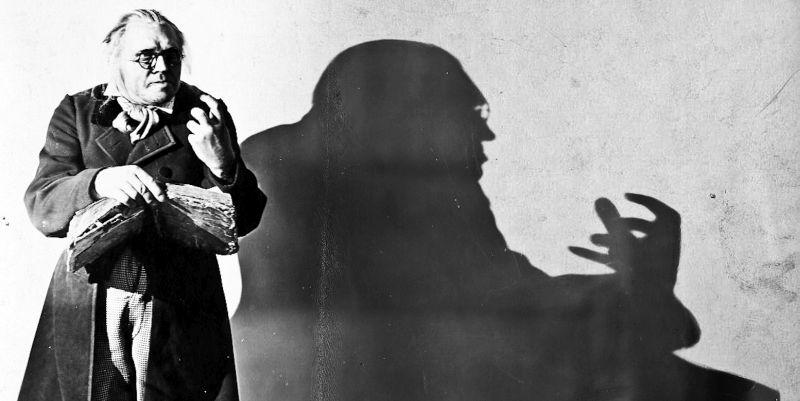
German expressionism was an art movement that began life around 1910 emerging in architecture, theatre and art. Expressionism art typically presented the world from a subjected view and thus attempted to show a distorted view of this world to evoke a mood or idea. The emotional meaning of the object is what mattered to the artist and not the physical reality.
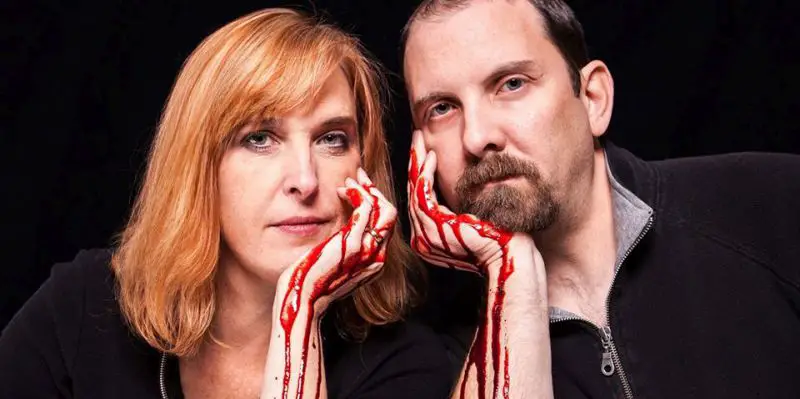
PJ Woodside and her partner, Steve Hudgins at Big Biting Pig Productions in Madisonville, KY are creating quite a stir in the independent horror scene. They’ve put out a film a year for the last decade. Their most recent film, Frances Stein, was recently released on Amazon Prime and has been getting a steady stream of five star reviews.
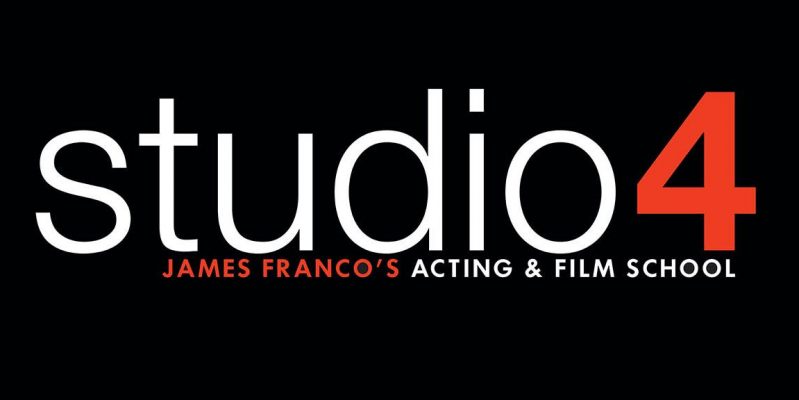
We all know James Franco as one of Hollywood’s top A-list actors and working artists who has his hand in various aspects of the arts, but a handful of film students and emerging talent in Hollywood know him as an instructor, mentor or college professor. In March 2014, he decided teaching at USC, UCLA and CalArts wasn’t enough, so he opened his own school, Studio 4. In October 2014, James taught his first class at his new school:

William Shakespeare, Arthur Miller, Oscar Wilde, Samuel Beckett and Harold Pinter; when it comes to playwrights who have had their work go from stage to silver screen, the list sees no end. Whilst everyone cannot resist a new portrayal of a timeless piece of literature incorporated with modern twists and/or special effects, audiences are constantly being introduced to plays through the expression of cinema. While this is a positive notion, it does however highlight the contrary:
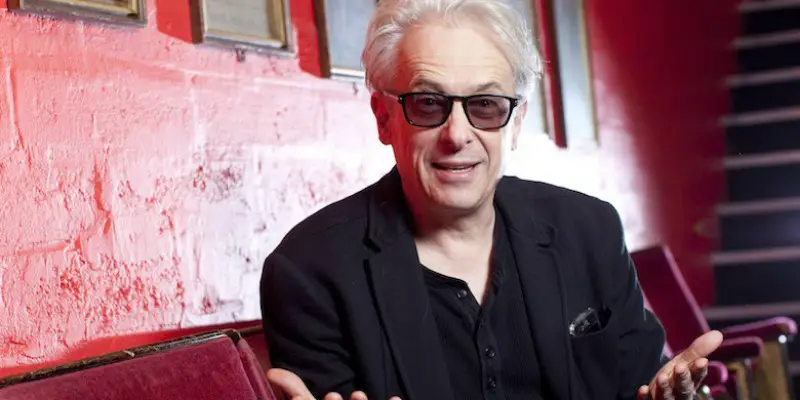
Elliot Grove’s life should be made into a film, virtual reality’s going to be the next big thing and Sacha Baron Cohen hasn’t always been funny. Those are just three of the things I discovered when I went along to interview Grove, founder of the Raindance Film Festival and the British Independent Film Awards. Discovering Raindance I grabbed the chance to ask Grove for an interview at a recent Raindance Open House event, held to introduce filmmakers to Raindance and what it can do for them.


